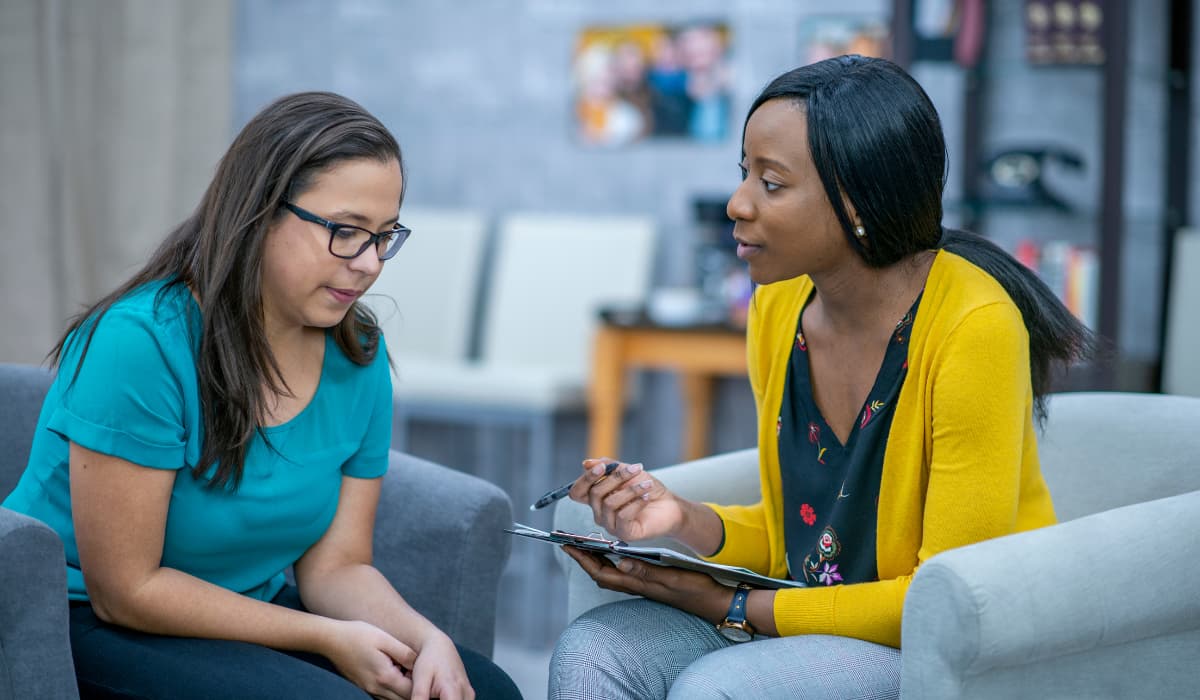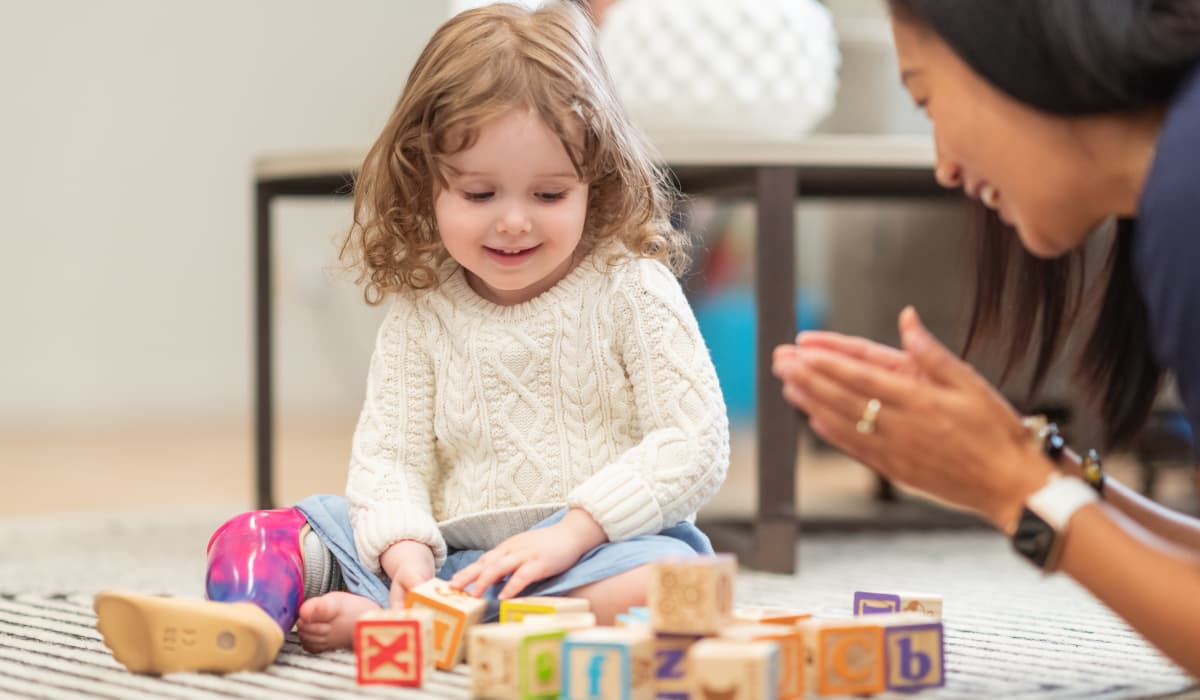Autism and Deafness - A Comprehensive Guide
Explore autism and deafness in this comprehensive guide, uncovering insights, challenges, and strategies for success.


Understanding Autism and Deafness
Rising Prevalence Rates
Recent statistics indicate a significant rise in the prevalence of autism over the past two decades. In 2002, 1 in 150 children were identified with autism, while this statistic had increased to 1 in 88 children by 2008. This trend reflects a growing awareness and improved diagnostic practices, although the reasons for this increase are still under investigation.
The rates of autism prevalence are even higher among children who are Deaf or Hard of Hearing (D/HH). Studies show that the co-occurrence of autism spectrum disorder (ASD) in this population is estimated to be between 7% and 9% compared to the 1.7% to 2% observed in the general population.
Dual Diagnosis Statistics
The dual diagnosis of Deaf or Hard of Hearing and autism has also seen an increase. In 2007, it was reported that 1 in 81 individuals who are D/HH had a diagnosis of autism. Just two years later, this number increased to 1 in 59 D/HH individuals diagnosed with autism [1].
This escalating diagnostic trend emphasizes the need for reliable screening tools for the early identification of both autism and hearing difficulties, especially crucial during the first three years of life. Approximately half of all autistic children experience some type of peripheral hearing problem, which is considerably higher than the 15% reported among children without disabilities.
YearRatio of Autism Diagnosis in D/HH Individuals20071 in 8120091 in 59
Understanding these rising statistics on autism and deafness can help inform better educational and intervention strategies for affected individuals. The importance of early diagnosis cannot be overstated, as it can lead to more effective support measures for children facing both communication and social interaction challenges.
Strategies for Success

Identifying effective strategies for children experiencing both autism and deafness can significantly enhance their learning and communication abilities. Two notable approaches are the utilization of sign language and the development of individualized visual schedules.
Sign Language Utilization
Utilizing sign language is a critical strategy for children with both autism and hearing impairments. Early exposure to sign language facilitates communication skills, which are essential for expressing needs and feelings. Children who learn sign language can also have improved social interactions and better comprehension of their environment. Research indicates that tailored communication methods, including sign language, increase success rates in various settings, including classrooms and homes.
To effectively implement sign language, educators and caregivers may consider the following:
Key AspectDescriptionEarly ExposureIntroduce sign language at a young age to foster language development.ConsistencyUse consistent signs for routine activities to reinforce understanding.Visual CuesPair signs with visual cues or objects to enhance comprehension.
Individualized Visual Schedules
Visual schedules serve as valuable tools for children with autism and deafness, enabling them to navigate daily activities and routines more effectively. By incorporating visual elements, such as pictures or symbols, these schedules help convey information about what to expect throughout the day. This approach is especially beneficial for children who may struggle with understanding verbal instructions or cues.
A well-structured visual schedule can include:
Schedule ComponentExampleRoutine ActivitiesVisuals for breakfast, school, playtime, and bedtime.Transition CuesIcons indicating transitions between activities, such as a clock for time management.Rewards/TasksPositive reinforcements shown through cheerful images for completing tasks.
Incorporating these components allows children to comprehend their surroundings better, contributing to improved communication and reduced anxiety regarding daily routines.
Both sign language utilization and individualized visual schedules are practical strategies designed to facilitate communication and enhance the overall well-being of children experiencing autism and deafness. These methods align with the goal of creating inclusive environments that cater to the unique needs of these individuals. For more information on related topics, consider exploring the impact of autism in boys vs. girls and the relationship between autism and seizures/epilepsy.
Case Studies and Programs

Rocky Mountain Deaf School's Approach
Rocky Mountain Deaf School (RMDS) in Colorado is a notable program focused on addressing the unique needs of students who are both deaf/hard of hearing and have autism. RMDS emphasizes communication and behavioral strategies that tailor their teachings to meet the specific requirements of these students. One key aspect of their approach is the use of individualized education plans (IEPs), which consider both deafness and autism in their learning objectives.
The school utilizes various communication methods, including sign language, to enhance understanding and facilitate better interactions among students. Their focus on a supportive learning environment enables children to thrive academically and socially. This dual-diagnosis strategy not only aids in educational achievement but also helps in developing social skills critical for lifelong success.
Educator's Reinforcement Strategies
Educators at Rocky Mountain Deaf School employ tailored reinforcement programs to manage behaviors and enhance learning among students with autism who are deaf or hard of hearing. These strategies have proven effective in creating engaging and positive classroom environments. For instance, random rewards such as video clips are utilized as incentives, helping to motivate students and reinforce desired behaviors.
Such reinforcement techniques are crucial for maintaining focus and encouraging participation. Teachers adapt these strategies based on individual needs, ensuring that each student receives the support necessary for their learning journey. The success of these methods is largely attributed to the adaptive nature of the programs, which cater to the diverse requirements of students with dual diagnoses [1].
StrategyDescriptionIndividualized Education PlansCustom plans tailored to both deafness and autism needsCommunication MethodsUtilization of sign language and visual supportsReinforcement TechniquesUse of random rewards like video clips to motivate studentsAdaptabilityStrategies tailored to individual students to meet their unique learning needs
These case studies highlight the importance of understanding and addressing the unique challenges faced by individuals with both autism and deafness. Utilizing effective programs can significantly improve the quality of education and social interaction for these students. For additional information on related topics, consider exploring autism in boys vs. girls or autism and seizures/epilepsy.
Challenges Faced
Individuals diagnosed with both autism and deafness encounter unique challenges that can significantly impact their daily lives. These challenges primarily revolve around communication obstacles and difficulties in social interaction.
Communication Obstacles
Communication is a fundamental skill that is often impacted for individuals with autism and deafness. These individuals may face difficulties with auditory processing, which includes struggles such as:
The combination of these challenges can lead to frustration, which might manifest in challenging behaviors due to the inability to express needs or emotions effectively. Delayed language development can further exacerbate this issue, making it essential for both parents and professionals to identify specific triggers for such behaviors [5].
Communication ChallengesDescriptionAuditory processing issuesDifficulty in processing sounds and instructionsDelayed language developmentChallenges in acquiring language skillsFrustration in expressionBehavioral challenges stemming from communication barriers
Social Interaction Difficulties
Social interactions can be particularly challenging for those with both autism and deafness. Autism often affects social communication and responses to social cues, while deafness limits access to auditory information essential for social bonding. This combination may lead to:
Access to social cues is often limited, making it difficult for individuals to engage in typical social interactions. Inclusive education settings can aid in creating opportunities for improved socialization and understanding among peers, fostering better outcomes for individuals with both conditions [6].
Social Interaction ChallengesDescriptionLimited access to social cuesImpacts understanding and engagementFeelings of isolationDifficulty connecting with peersChallenges in forming relationshipsHinders social bonding and supports
Addressing these challenges requires a tailored approach that considers the unique needs of individuals with autism and deafness, facilitating effective communication strategies and enhancing socialization opportunities.
Supportive Measures
Supporting individuals with both autism and deafness requires a multifaceted approach. Technology assistance and sensory-friendly environments play significant roles in enhancing communication, socialization, and overall well-being.
Technology Assistance
Technology can serve as a powerful tool for individuals with autism and deafness. Tools such as video conferencing platforms facilitate effective communication through sign language, enabling connections with peers and family members. Additionally, sensory regulation applications can help individuals manage their sensory experiences, promoting easier integration into various environments. These advancements in technology enhance communication skills, social interactions, and sensory integration for those with dual diagnoses.
Technology TypeDescriptionVideo ConferencingEnables sign language communication remotelySensory Regulation AppsAssists in managing sensory experiences and reducing anxiety
Sensory-Friendly Environments
Creating sensory-friendly environments can have a positive impact on the well-being of individuals with autism and deafness. These environments are specifically designed to accommodate hypersensitivity to stimuli, offering comfortable and inclusive spaces. By reducing overwhelming sensory inputs, these environments allow individuals to better engage with their surroundings.
Sensory-friendly options may include:
The importance of inclusivity and understanding in these environments echoes historical examples, such as the community in Martha's Vineyard in 1900, where deaf and hearing residents communicated and supported one another, fostering acceptance and reducing stigma.
Creating supportive measures, such as leveraging technology and fostering sensory-friendly environments, is crucial for improving the lives of individuals facing both autism and deafness.
Diagnosis and Intervention
Diagnosing individuals with both autism and deafness presents unique challenges that require a comprehensive approach. It is essential to employ methods that accurately assess both conditions to ensure appropriate interventions.
Multi-disciplinary Approach
A multi-disciplinary approach is vital for diagnosing individuals who may have both autism and deafness. This strategy involves collaboration among professionals with expertise in various fields such as audiology, speech/language pathology, psychology, education, and occupational therapy. The involvement of a diverse team improves diagnostic accuracy and supports tailored interventions that meet the individual’s specific needs [3].
Professional RoleExpertiseAudiologistHearing assessments, cochlear implantsSpeech/Language PathologistLanguage development and communication strategiesPsychologistPsychological assessments and behavioral supportEducatorEducational strategies and classroom integrationOccupational TherapistDaily living skills and sensory integration
This collaborative model not only enhances the understanding of the individual’s needs but also aids in creating an effective intervention plan.
Early Childhood Deafness vs. Autism Identification
Identifying hearing loss in early childhood is crucial; delays can lead to behaviors that resemble autism, such as non-speech vocalizations and difficulties in social interactions. Unfortunately, children with both autism spectrum disorder (ASD) and hearing loss often receive an ASD diagnosis later than those with typical hearing [8]. This late identification of hearing loss can lead to increased frustration for both the child and their peers, highlighting the need for early screening.
Currently, research is underway to develop assessments specifically for autism in deaf children. This is driven by the recognition of a gap in the diagnostic process for this unique population.
However, there is currently a lack of validated measures for autism in deaf or hard of hearing (D/HH) youths, resulting in challenges with sensitivity and specificity in existing screening tools. For instance, the commonly used Autism Diagnostic Observation Schedule (ADOS) may not be appropriate due to its limited validity for this demographic. Comprehensive evaluations are necessary to improve the accuracy of diagnoses and, ultimately, the outcomes for individuals with autism and deafness.
By focusing on a multi-disciplinary approach and recognizing the distinct challenges in early identification, it is possible to enhance the diagnostic process for individuals with both autism and deafness.
Recent articles

ABA Techniques for Picky Eaters: Building Better Habits

How Social School Support Makes School Transitions Easier for Children
